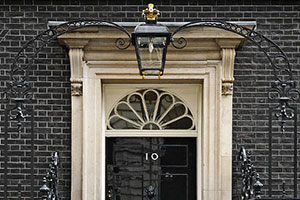It’s time our planners started thinking big about congestion. London drivers waste 227 hours a year stuck in traffic, travelling at an average speed of 7mph.
The Capital isn’t alone. Cities across the country and the world are becoming harder to traverse. In the EU – the cost of congestion is estimated at 100 billion euros a year.
The solution is not to build more roads, trains and underground networks. They take too long and cost too much.
Look at Crossrail. Yes, when it finally opens, the results will be game changing for parts of London. However, the sums involved in delivery have been eye watering.
Meanwhile, as one project draws to a close, another begins its slow path to delivery. High Speed 2’s costs have already been the subject of much criticism.
Currently estimated to cost taxpayers £27B over nine years for a single straight-line route between London and Birmingham—that’s nearly $280M/mile.
So what’s the solution. In my view we have to rethink mobility and its interaction with emerging technology.
New technology and disrupters are already innovating into new markets. Take Uber Elevate.
In the City of Santa Clara, they have just announced a tie up with Related’s 240 acre mixed use development near Levi’s Stadium to deliver a Foster and Partners designed skyport. The City is behind the proposal.
Drones are already being used to support public services in London. Disrupters such as London based Skyports are paving the way for the infrastructure needed to support commercial and logistical drone traffic.
However, there are dangers. As we saw last year at Gatwick airport, drones can be as much a threat to city communications as they can be an opportunity.
London should get ahead of the game. Whilst the technology begins to gather pace, the city should be preparing for the onset of new modes of communication.
Creating the regulatory system to support a third dimension of mobility will get London ahead and sustain its reputation as a global hub. Only then can investment turn from a tentative trickle into a meaningful contribution to enable the realisation of these opportunities.
This involves a multi-disciplinary approach with planners working with technologists, land owners, real estate professionals and public services to understand the opportunity. The future is arriving fast, London should be ready to lead it.









